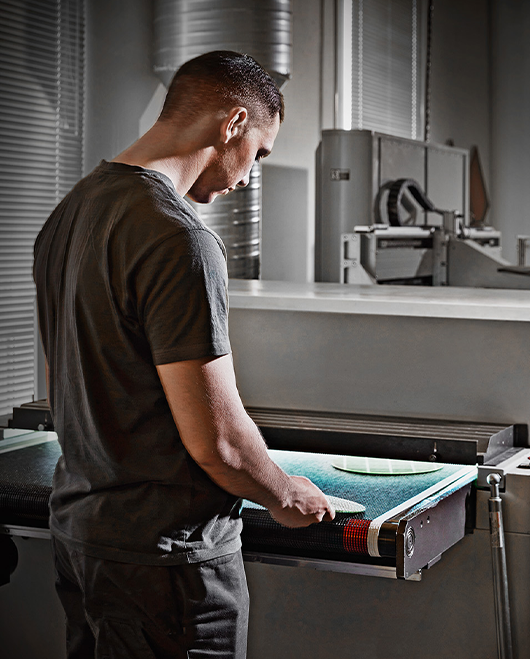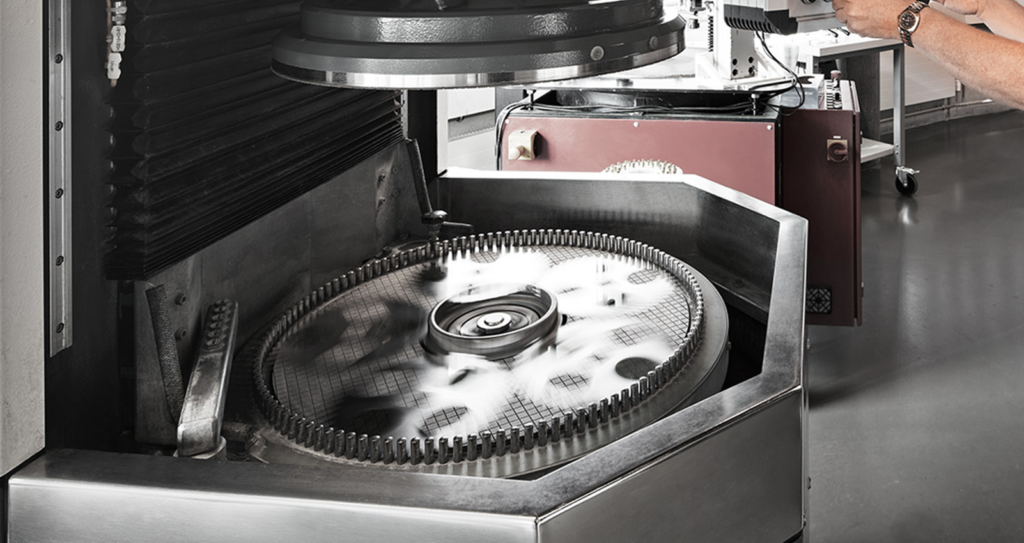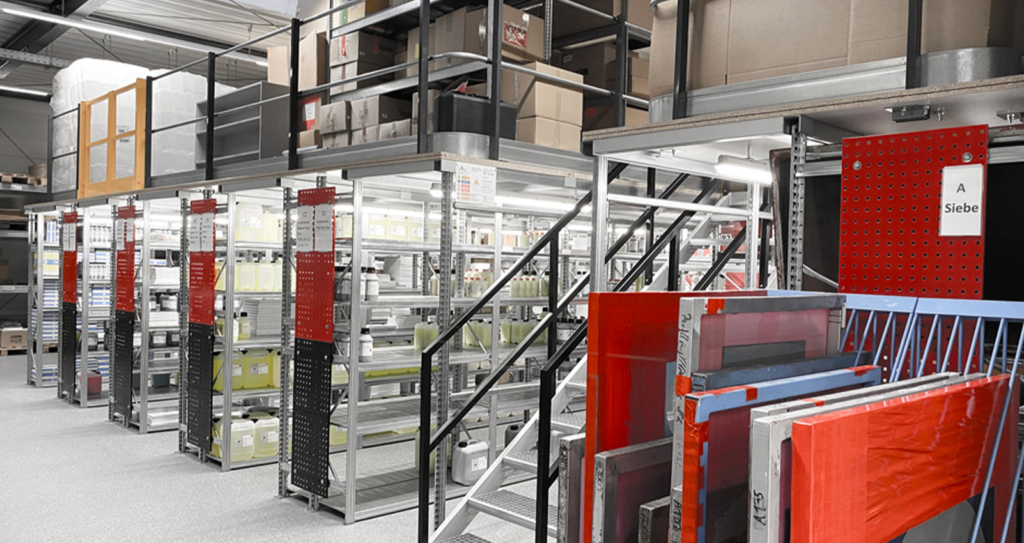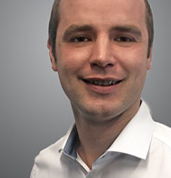Menu
More performance, less wear, extreme precision, and lower costs: Those who need diamond particles for
coating their components or for tool production have high demands and are looking for individual
solutions. Pureon knows how to achieve this.

Whether it is coating gold jewelry, mechanical joint parts,
piston rings in engines, or grinding wheels and dental
drills, everything revolves around answers to the one key
question: How do I get the ideal surface for my
specification? “We are very deep in the technology” says
Helge Willers, Sales Director at Pureon. And that’s
exactly what matters: On technical know-how, lots of
experience and careful development of long-term
solutions, so that the customer has “peace of mind”, so
to speak, when it comes to the topic of “processes” for a
few years.

“The companies that set up a successful value-added process with our help remain loyal to us. We have
never lost a customer here,” Willers emphasizes. Because in the micron diamond business, the devil is in
the details; everything must be perfectly coordinated with each other and be able to be reproduced
error-free as often as desired (lot-to-lot consistency). Take the automotive industry, for example.
More than 50 percent of all diesel engines worldwide run with diamond micrograins in their piston rings. Functional metal layers with embedded diamond particles adhere very well and are extremely hard. This protects against wear. However, piston rings are about more than just long service life. Diamond also conducts heat very well. And that is important in diesel engines, which are expected to produce ever more power and therefore must withstand ever higher pressures, which in turn drives up the temperature in the combustion chamber. So, in this application, the diamond acts not only as a protection against wear, but also as a heat transmitter.
Another example: clutch facings. Here, the needs are diffferent from those of the piston ring. In the clutch process, the aim is to be able to transmit more power over the same area. At some point, every automaker will reach the technical limits of the size of the parts it uses. New solutions are then needed to increase the performance of the vehicle. And this is where Pureon comes in: The use of diamond particles in electroplated layers on the linings increases their surface area during power transmission, and the coefficient of friction increases. The transmittable power increases. So far so good. But how does the customer get the optimum surface?
More than 50 percent of all diesel engines worldwide run with diamond micrograins in their piston rings. Functional metal layers with embedded diamond particles adhere very well and are extremely hard. This protects against wear. However, piston rings are about more than just long service life. Diamond also conducts heat very well. And that is important in diesel engines, which are expected to produce ever more power and therefore must withstand ever higher pressures, which in turn drives up the temperature in the combustion chamber. So, in this application, the diamond acts not only as a protection against wear, but also as a heat transmitter.
Another example: clutch facings. Here, the needs are diffferent from those of the piston ring. In the clutch process, the aim is to be able to transmit more power over the same area. At some point, every automaker will reach the technical limits of the size of the parts it uses. New solutions are then needed to increase the performance of the vehicle. And this is where Pureon comes in: The use of diamond particles in electroplated layers on the linings increases their surface area during power transmission, and the coefficient of friction increases. The transmittable power increases. So far so good. But how does the customer get the optimum surface?

“Nobody buys a black box from us,” says Willers. The customer first gives his specifications, which are
usually quite narrow; after all, he knows his components. Then various diamond grit sizes are tested,
results are analyzed, another parameter is changed, and a new test is started – until everything is quite
perfect. After all, we are talking about sensitive requirements in the value chain all the way to the end
customer. For this reason, new release samples are always created for each new application. Nothing is
left to chance. Pureon not only has a comprehensive range of diamond micrograins with precise
classification, but also compiles new diamond powders from different syntheses according to customer
needs. And the Swiss from Lake Constance have yet another plus to offer:
Because process repeatability is so important to customers, Pureon maintains inventory levels at all locations – bucking the trend in logistics. “We don’t discuss things at length, but respond to our customers’ wishes,” Willers reports. And they are happy to have access to proven quality products at any time. This also applies to the tool industry, which Pureon supplies. The quality requirements for polishing and grinding instruments used in the electronics, dental or jewelry industries cannot be set high enough. Just think of precision grinding wheels for processing semiconductors. “Here, customers are looking for ultra-precise grit sizes,” explains Helge Willers.
The market is large, and the major players are mainly based in Japan. What is important to them? Maximum removal rates through a rough particle surface and the right classification, the highest purity of the diamond powders and suspensions or liquid diamond supplied, short processing times and first-class surface results. In other words, maximum quality.
Because process repeatability is so important to customers, Pureon maintains inventory levels at all locations – bucking the trend in logistics. “We don’t discuss things at length, but respond to our customers’ wishes,” Willers reports. And they are happy to have access to proven quality products at any time. This also applies to the tool industry, which Pureon supplies. The quality requirements for polishing and grinding instruments used in the electronics, dental or jewelry industries cannot be set high enough. Just think of precision grinding wheels for processing semiconductors. “Here, customers are looking for ultra-precise grit sizes,” explains Helge Willers.
The market is large, and the major players are mainly based in Japan. What is important to them? Maximum removal rates through a rough particle surface and the right classification, the highest purity of the diamond powders and suspensions or liquid diamond supplied, short processing times and first-class surface results. In other words, maximum quality.

Interested in solutions
in the field of tools and coatings?
We are happy to share our knowledge with you
and remain at your disposal for any further questions.
and remain at your disposal for any further questions.

Peter Deisling
- Industry Expert
- +49 152 5764 0001
- pdeisling@pureon.com
